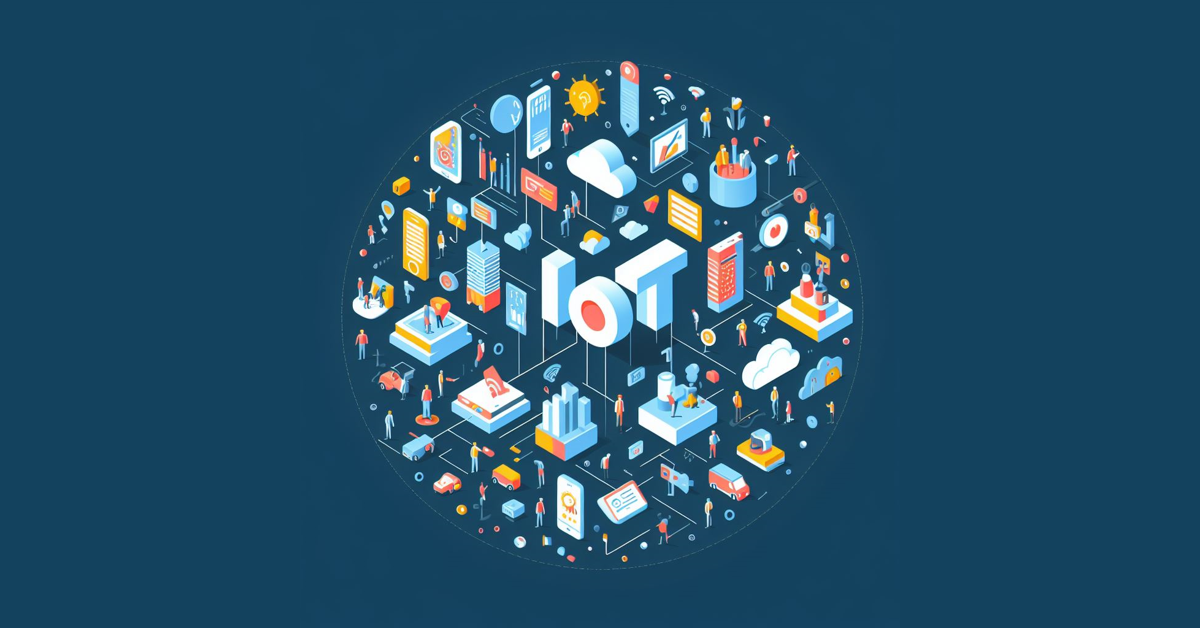Cloud computing is like renting computing power over the internet instead of owning and managing physical servers. It’s a big deal because it lets businesses of any size access powerful technology without big upfront costs. This technology has changed the game, making it easier for companies to grow, innovate, and compete globally. It’s not just about saving money—it’s about being faster, smarter, and more flexible in a world that moves at lightning speed. Let’s dive in and see how cloud computing is shaping the future of technology.
🤡
What is the biggest lie in the universe?
I have read and agreed to the terms and conditions.
Historical Overview
Conceptual Origins (1960s-1990s)
- The idea of cloud computing started with sharing computing resources like mainframes in the 1960s.
- Companies like IBM and DEC explored offering computing services in the 1970s and 1980s.
- The term “cloud computing” emerged in the 1990s, meaning delivering computing services over the internet.
Early Development (2000s)
- Amazon Web Services (AWS) launched in 2006, making cloud computing commercially viable.
- Google introduced Google App Engine in 2008, a platform for building web applications in the cloud.
- Salesforce.com started offering software over the internet with its CRM service.
Expansion and Adoption (2010s)
- Microsoft Azure started in 2010, offering various cloud services.
- Cloud adoption grew rapidly due to cost savings and flexibility.
- Kubernetes, a tool for managing applications in the cloud, was released in 2014.
- Serverless computing gained popularity in the mid-2010s, simplifying application deployment.
Current State (2020s)
- Cloud computing is now mainstream, used by businesses for everything from web hosting to data analysis.
- Companies are using multiple cloud providers and on-premises servers, known as multi-cloud and hybrid cloud.
- The COVID-19 pandemic sped up cloud adoption as remote work became crucial.
- New technologies like edge computing and AI are shaping the future of cloud computing.
Key Concepts and Components
Core Principles
- Virtualisation: It creates virtual versions of computer resources, like servers or storage, making it easier to manage and use them efficiently.
- Scalability: It means a system can handle more work by adding resources when needed without slowing down.
- Elasticity: It’s about a system automatically adjusting resources based on demand, so it can handle busy times and quiet times without wasting resources.
- On-Demand Services: These are services you can use whenever you need them, like renting a car for a trip. In cloud computing, it means getting access to resources or software instantly, without having to buy or install anything.
Components
- Infrastructure as a Service (IaaS): It’s like renting virtual computers, storage, and networking from a provider instead of buying and managing your own hardware.
- Platform as a Service (PaaS): It’s like using a ready-made kitchen to cook your meal. PaaS provides tools and software to build and run applications without worrying about the underlying infrastructure.
- Software as a Service (SaaS): It’s like using apps on your phone without downloading or installing them. SaaS delivers software over the internet, so you can use it through a web browser without needing to install anything on your computer.
These principles and components make cloud computing flexible, scalable, and easy to use, helping businesses save time and money while focusing on what they do best.
Types of Cloud Computing
Public Cloud
- What is it: Think of it as renting computing resources like servers and storage from a company like Amazon or Google.
- Benefit: You only pay for what you use, and you can access your resources from anywhere with an internet connection.
Private Cloud
- What is it: It’s like having your own exclusive cloud infrastructure, either in your own data center or hosted by a provider just for you.
- Benefit: It offers more control and security, making it ideal for businesses with sensitive data or specific compliance needs.
Hybrid Cloud
- What is it: It’s a mix of both public and private clouds, allowing you to use the best of both worlds.
- Benefit: You can keep your sensitive data in a private cloud while taking advantage of the scalability and cost-effectiveness of the public cloud.
Community Cloud
- What is it: It’s a shared cloud infrastructure used by a specific group of organisations with similar needs, like healthcare providers or government agencies.
- Benefit: It allows organisations to collaborate and share resources while still meeting industry-specific regulations and security requirements.
Understanding these types of cloud computing helps businesses choose the right setup for their needs, whether it’s maximising flexibility, controlling costs, or ensuring data security.
Advantages of Cloud Computing
Cost-effectiveness
- Saves money: Instead of buying expensive hardware, businesses rent computing power and storage space from cloud providers.
- Predictable expenses: Cloud services usually have clear pricing, making it easier for businesses to budget their IT costs.
Scalability and flexibility
- Adapts to needs: Cloud services can quickly increase or decrease resources based on demand, allowing businesses to scale up during busy times and down during slow periods.
- Easy to use: Setting up new resources is fast, helping businesses respond quickly to changes in their needs or the market.
Accessibility and collaboration
- Works from anywhere: Cloud services can be accessed from any device with an internet connection, making it convenient for employees to work remotely.
- Easy teamwork: Cloud-based tools make it simple for teams to share files, edit documents together, and communicate in real-time, no matter where they are.
These benefits help businesses save money, stay adaptable, and work together more effectively.
Challenges and Considerations
Security Concerns
- Risks: Unauthorised access and data breaches.
- Mitigation: Use encryption, access controls, and security tools provided by cloud providers.
Compliance and Regulatory Issues
- Requirements: GDPR and HIPAA for data privacy and security.
- Importance: Non-compliance leads to fines and reputational damage.
- Solutions: Follow shared responsibility model, choose compliant cloud regions.
Vendor Lock-in
- Risks: Overdependence on one cloud provider limits flexibility.
- Solutions: Use multiple cloud providers, promote standards and interoperability, negotiate contracts with exit strategies.
Future Trends
Emerging Technologies
- Edge Computing: Think of edge computing like having mini-data centers closer to where data is generated, enabling faster processing for things like smart devices and real-time applications.
- Serverless Computing: With serverless computing, developers focus only on writing code, while the cloud provider manages the infrastructure. This speeds up development and reduces costs.
- AI-Driven Cloud Services: Artificial intelligence is making cloud services smarter, automating tasks, and providing personalised experiences, like voice assistants and recommendation systems.
Impact of 5G
- Enhanced Connectivity: 5G brings super-fast internet speeds and minimal delays, making cloud-based applications faster and more responsive.
- Edge Computing Boost: 5G pairs perfectly with edge computing, allowing for faster data processing closer to users or devices, which is crucial for things like self-driving cars and smart cities.
- Internet of Things (IoT) Expansion: 5G fuels the growth of IoT devices, enabling them to send and receive data quickly and reliably, leading to smarter homes, cities, and industries.
- Telecom Transformation: 5G is revolutionising the telecom industry, making it easier for providers to manage networks and offer new services like customisable network slices.
These emerging technologies and the rollout of 5G are transforming how we use and benefit from cloud computing, making everything faster, smarter, and more connected.
Cloud computing has transformed the way we use technology, offering flexibility, cost savings, and improved collaboration. Despite challenges like security concerns, its adoption continues to grow. Looking ahead, cloud computing will only become more powerful with advancements in technologies like edge computing and faster internet connections. Businesses will increasingly rely on cloud services to innovate and serve customers better. As cloud computing evolves, it will continue to simplify our lives and drive connectivity across various industries, shaping the future of digital transformation.


